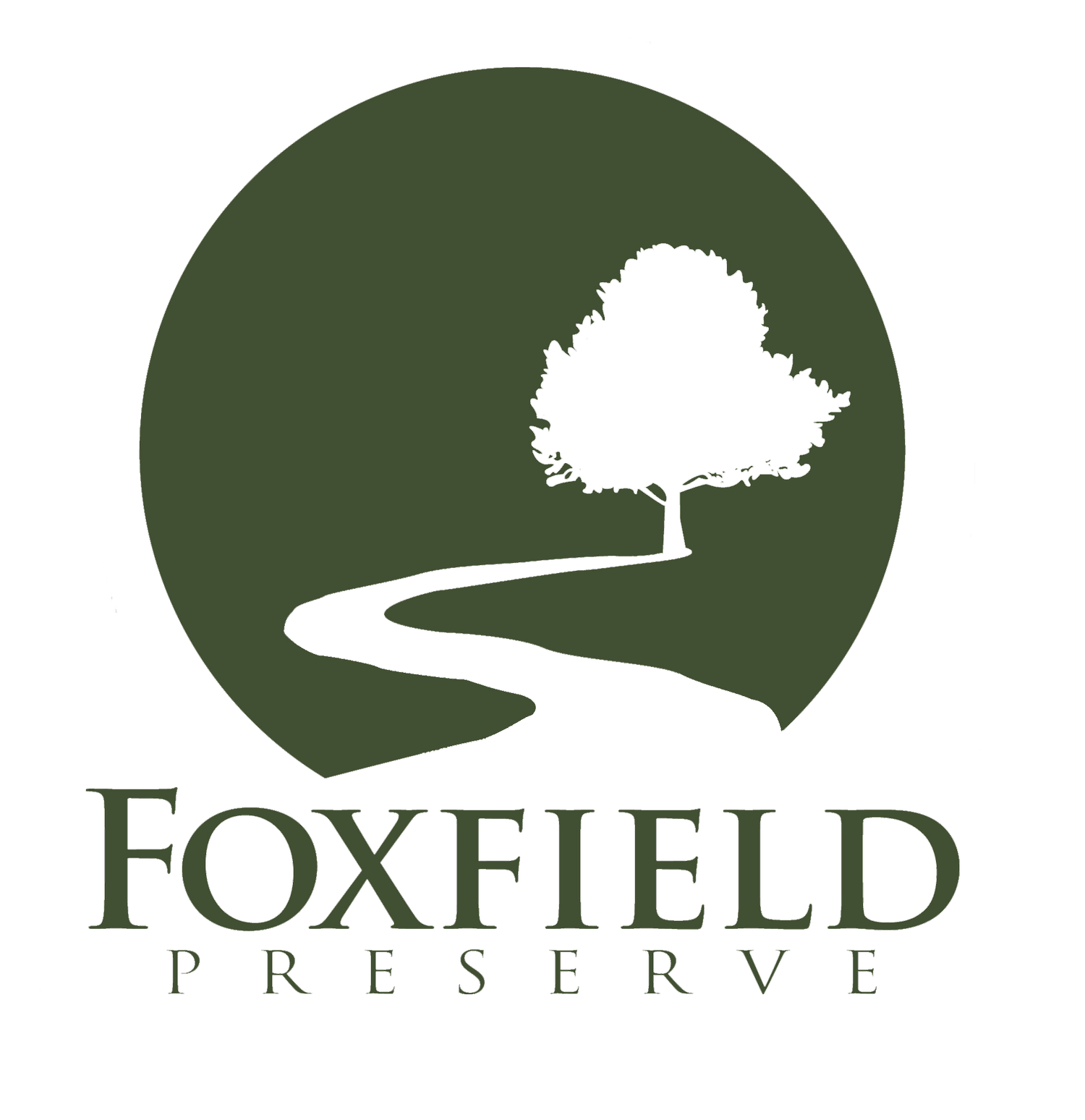Frequently Asked Questions
-
A nature preserve cemetery bears little resemblance to a conventional cemetery. There are no manicured lawns or rows of headstones. Foxfield Preserve is a nature preserve first - trails meander through forest and prairie, and naturalists are restoring the site by planting native prairie grasses, wildflowers, and trees.
-
We perform natural burials (also referred to as “green burial”). In a natural burial a person is laid to rest in a biodegradable container such as a wooden casket, shroud, or cardboard cremation container. They are not embalmed and no vaults are used. Foxfield Preserve requests dressing the body in natural fibers such as cotton or wool.
Similarly, cremated remains are placed either directly in the earth, or in a degradable container, which is then buried.
-
Yes. Most of what you may think is law is either rules of individual cemeteries or common practice. There is no law that a vault must be used, though many cemeteries require this for ease of maintenance and closer spacing. Embalming is only required under rare circumstances (A few states require embalming if a body is transported by common carrier or won’t be buried within a certain amount of time).
-
No. It only slows decomposition for a short time.
-
This is something to discuss with your funeral director. Policies for viewing unembalmed remains vary from funeral home to funeral home. Refrigeration and dry ice are methods of temporary preservation that some funeral homes are willing to allow.
-
Yes. Foxfield Preserve welcomes cremated remains, with no restrictions on where they are interred. If someone wishes to simply scatter ashes, there are areas of Foxfield Preserve designated for scatterings. Scattering outside of designated areas is not permitted.
-
Grave markers are optional at Foxfield. Thea re required to be natural stones, such as granite or high-quality sandstone, should not be polished and should have the appearance of natural stone. They may be engraved. Stones must lie flat on the ground, cannot extend more than 3 inches above the ground and should not exceed 216 sq inches (12” x 18”) of surface area.
-
The plots at Foxfield Preserve are much larger than those at a conventional cemetery, to lessen our impact on the landscape. Our plots are 10 feet X 20 feet and are suitable for the interment of one casket, one casket and one set of cremated remains, or two sets of cremated remains
-
Graves are 3.5 ft deep (six feet under is a bit of a myth). Since vaults are not used, the soil is mounded over the grave and it is usually level again in about a year. This depth ensures that remains are undisturbed and return quickly to nature.
-
No. Natural land produces cleaner water than urban, suburban, or agricultural areas. The forest and prairie watershed at Foxfield Preserve will provide cleaner water for the Sugar Creek watershed.
-
No. Hand digging a grave is very hard labor and requires skills few people possess. Family and friends are welcome to close the grave. Families who have closed graves have found it to be a powerful experience. The Foxfield Preserve staff will be on hand to supervise and assist with each closing.
-
All graveside services are welcome at Foxfield Preserve. However, the Wilderness Center’s Interpretive Building does not host funerals. Indoor services are best handled by professionals or the family. Rooms at the Interpretive Building may be available to rent for meals or receptions following the interment. Families often enjoy holding a memorial in a Wilderness Center picnic shelter during good weather when everyone can see Foxfield Preserve and enjoy walking the trails.
-
Natural burial is in keeping with the most ancient burial traditions. While it is difficult to say for sure, we know that natural burial does not conflict with any major religions and is a requirement for some faiths.
-
Remember, it is a nature preserve so there will be very little maintenance compared to a typical lawn-type cemetery. The trails will be maintained to provide easy access to the site and hazardous trees will be removed. If Foxfield Preserve looks like a conventional cemetery, we have failed. It will look like forest and prairie.
-
Ohio law requires Foxfield Preserve to keep careful records of precise burial locations. These records will be kept on paper and electronically. Interment sites can be located precisely by measurements from survey pins. GPS coordinates are recorded for every gravesite; handheld GPS units usually track to about 15 feet at Foxfield Preserve. Even without a memorial stone, the gravesite can be located.
-
A native tree or wildflower may be planted on certain sites. Plantings must coincide with our site restoration goals and be suitable for the site. The Steward has an approved species list and can help with choosing a memorial planting.
-
You may attend one of our monthly informational sessions offered online, or call our office to arrange a meeting. For further information about the natural burial movement, we suggest visiting the Green Burial Council’s website, www.GreenBurialCouncil.org, or reading the book “Grave Matters” by Mark Harris.
